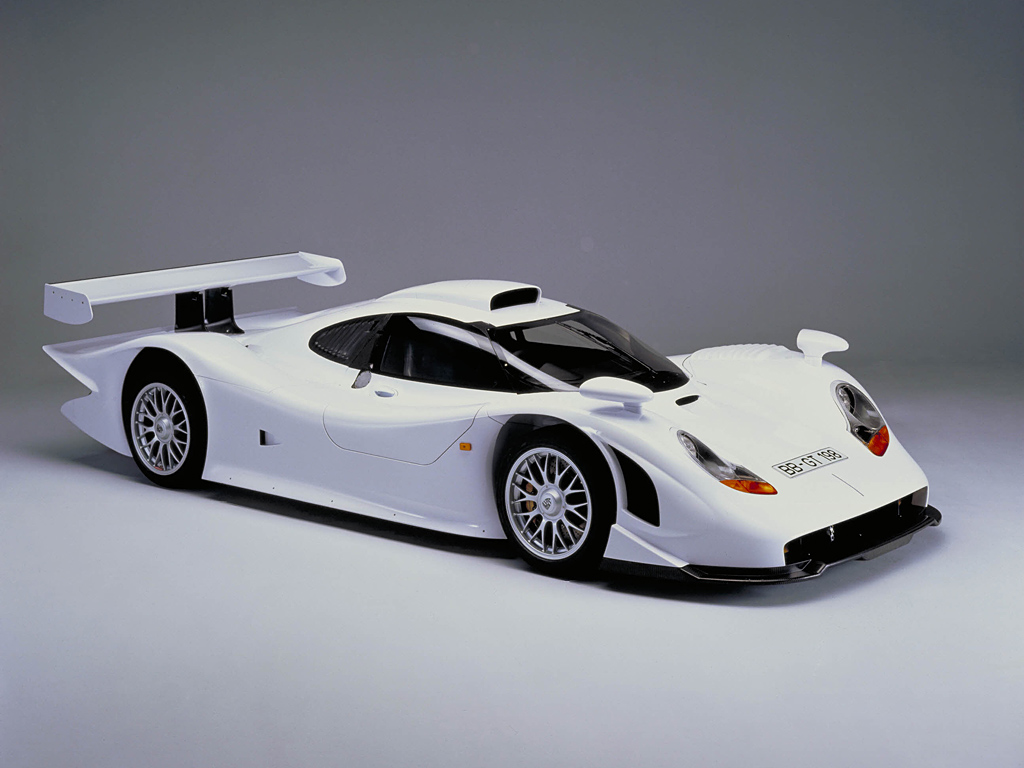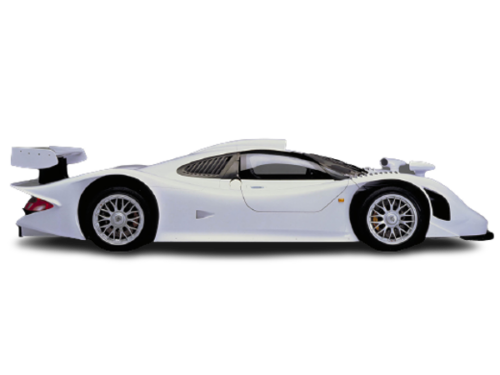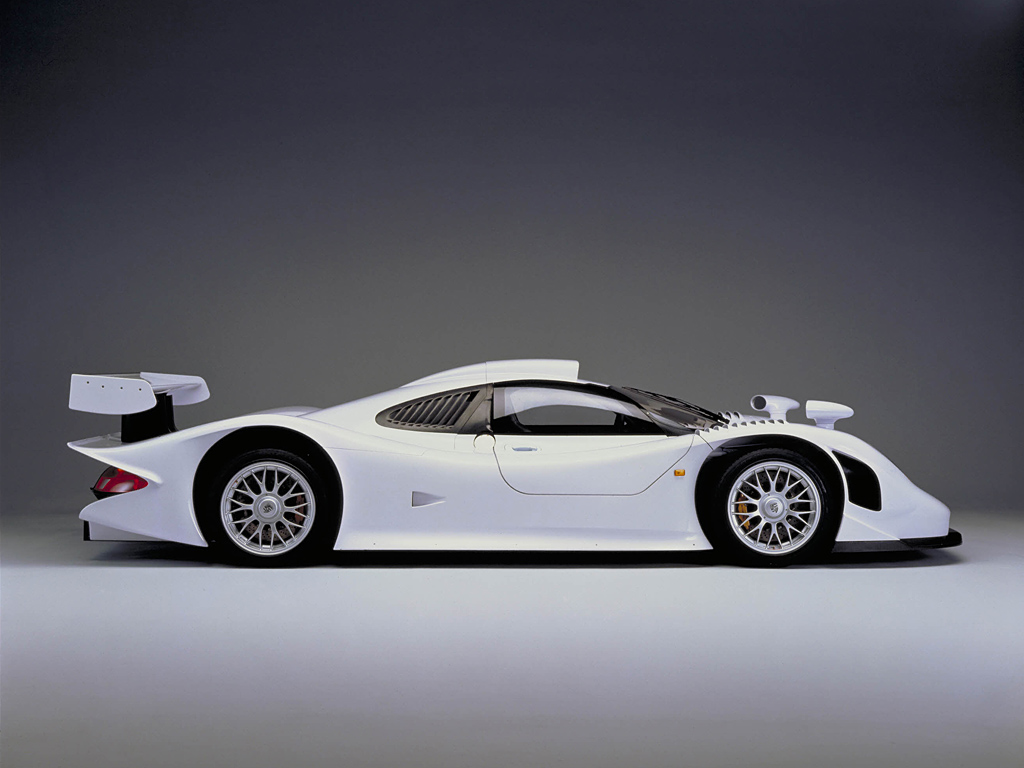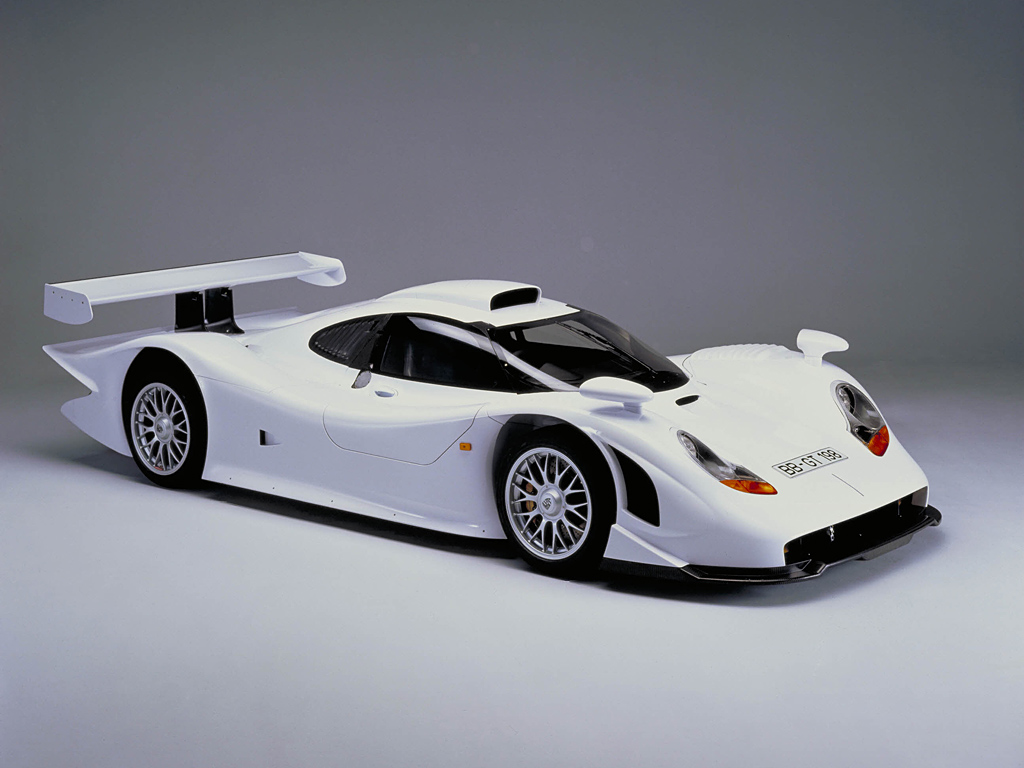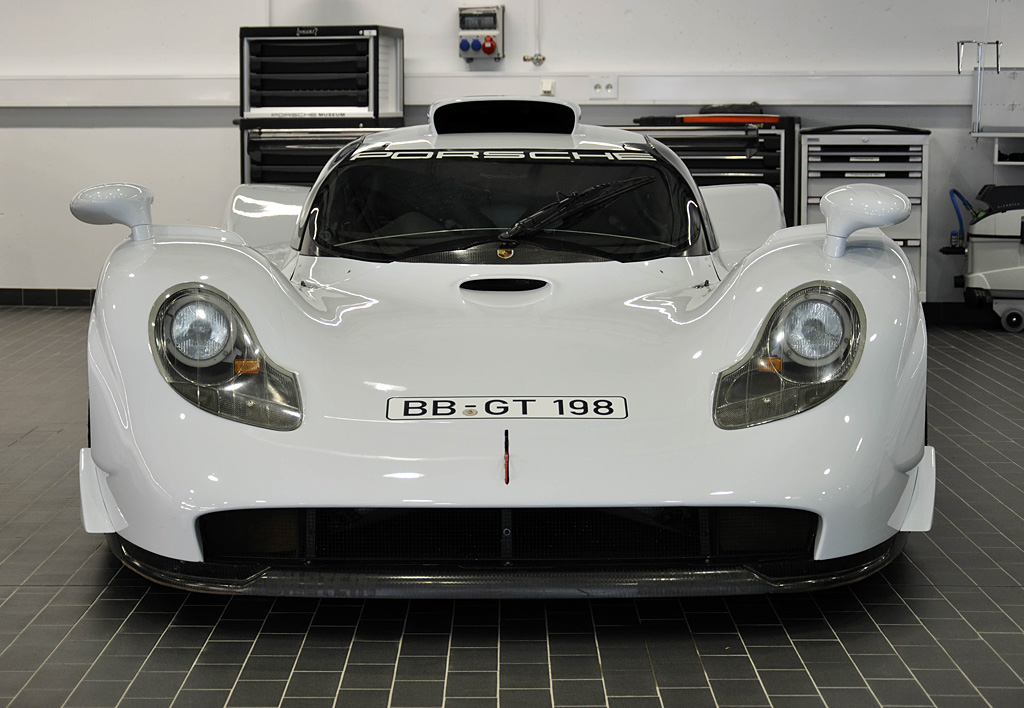1998 Porsche 911 GT1-98 Straßenversion – Ultimate Guide
A single car – the 911 GT1-98 Straßenversion – was built in 1998 to homologate the all-new racing version under the new FIA regulations. The engine had to be slightly de-tuned to meet European emissions laws, although its 400 kW (544 PS; 536 hp) at 7,200 rpm and 600 N⋅m (443 lb⋅ft) of torque at 4,250 rpm proved to be more than adequate; the car could accelerate to 100 km/h (62 mph) from a standstill in 3.9 seconds on its way to a top speed of 308 km/h (191 mph)
The engine had to be slightly de-tuned to meet European emissions laws, although its 400 kW (544 PS; 536 hp) at 7,200 rpm and 600 N⋅m (443 lb⋅ft) of torque at 4,250 rpm proved to be more than adequate; the car could accelerate to 100 km/h (62 mph) from a standstill in 3.9 seconds on its way to a top speed of 308 km/h (191 mph).
Aimed at winning Le Mans and complying to European road regulations, the sole 911 GT1 ’98 Straßenversion is a unique singularity in Porsche history. It has all the great hallmarks of successful race car design in an uncompromising road car package. It’s also a good example of the difference between Weissach Porsches and the production cars from Stuttgart.
Nobody supported GT1 more exuberantly than the German marques Porsche and Mercedes-Benz AMG. They both prepared radical new cars for the 1998 season of which only one road-going example had to be made.
Both German manufacturers understood that the GT1 category was likely to produce tphe overall Le Mans winner in 1998 and they made special versions we call the Straßenversion. As a bonus these cars could reflect their brand pedigree and compete in the FIA GT1 World Championship. Of course, other manufacturer’s like Toyota, Nissan, Panoz and Dauer joined the game and together created a Golden Era of GT1.
By 1998, Porsche had already been racing in the GT1 category for two years with much success. They even produced 30 examples of their 1997-spec 911 GT1. At 1.5 million deutschmarks, these cars were 10 times more expensive than the standard 911 Carrera. At the time many considered this the ultimate 911 until the 1998 contender was revealed for the first round of the FIA GT Championship. For 1998, a more focused effort meant redesigning the car in carbon fiber and only producing very limited examples of a more expensive and more sophisticated model.
The 1998 version was all new and designed in CAD to be manufactured completely out of carbon fiber. This helped reduce the weight to just 2095 (950 kgs). Power train details were almost exactly the same as previous years, using a twin turbo flat-6 to produce close to 600 bhp.
Bob Wallek described the car as completely new and said “The GT’98 has more grip, is easier to drive, conserves the tires, is faster and has a stiffer chassis”. Engineer Herbert Ampferer said “The new GT1 was supposed to slim down by ten percent compared to the old one”. The carbon fiber chassis reduced over 100 pounds and a smaller battery, generator and rear end contributed to this goal.
FIA regulations mandated the homologation car was to be almost exactly the same as the race car. Porsche started by producing their road-going version then making small changes as necessary to the race versions.
Registered BB-GT198, the first GT1 ’98 was the single road-going version. It was built to comply with European regulations such as crash, emissions and noise standards. With a more complete interior, the road-version was nearly 400 lbs heavier than the race version.1 It also had smaller diameter wheels, probably for increased suspension compliance.
Naturally the Straßenversion retains all the same components as the race car including the double-wishbone suspension, six-speed sequential gearbox, inner-ventilated disc brakes and a 544 bhp version of the turbocharged engine. It also benefits from the 911 GT1’s dramatic shape that was first drawn up by Anthony Hatter and later refined by Norbert Singer in the wind tunnel. Porsche only moderately modified the interior and added a passenger seat.
Eventually Porsche produced only five examples of the GT1 ’98 including the sole road-car. With these cars, Porsche achieved a resounding success, winning the 24 Hours of Le Mans outright. It was a highpoint in the GT1’s career but they continuously lost to Mercedes-Benz AMG at every round of the FIA GT Championship. After the season was over, Porsche withdrew from racing and didn’t embark on another sports prototype until 2006 with the RS Spyder for the LMP2 class.
Since its inception, Porsche has retained the sole Straßenversion and has infrequently displayed it at prominent car events like the Goodwood Festival of Speed. Later, this model helped motivate cars such as the Carrera GT, Gemballa Mirage and 9ff GT9.


